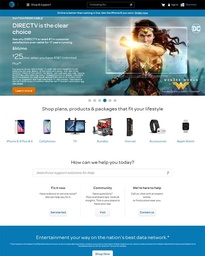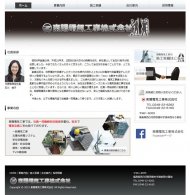AT&T 2017
#Merger #& #Acquisition #Corporate #Strategy #Vertical #Integration
Abstract
On a bright day in early July 2017, AT&T CEO Randall Stephenson was coming back from a meeting with his CFO, John Stephens. As he walked in his Dallas office, he thought about what they had just discussed in the meeting concerning AT&T’s acquisition of the global entertainment group Time Warner Inc. The Department of Justice still had no appointed Head Commissioner to lead the evaluation of the merger, but things were looking good for the deal to close by the end of 2017 and the AT&T team was actively discussing integration matters. As Randall Stephenson sat at his desk, he started reflecting about what they had already achieved and what this deal meant for the future of his company. Facing decline in its core telephone business and increasing challenges in its wireless segment, AT&T had been looking for new growth avenues to maintain a leading position in a consolidating telecom industry. The acquisition of a major content creator such as Time Warner fell in line with Stephenson’s recent diversification move into the video business, consecrated by the acquisition of satellite pay-TV provider DirecTV in 2015. Through the alliance with Time Warner, AT&T ambitioned to “lead the next wave of innovation” in a world where media, communication and technology were converging and mobile data usage skyrocketing. By uniting content and distribution, Stephenson was convinced they could take on Internet giants like Google, Facebook and Netflix, who were gaining tremendous ground in the video space. Was AT&T on the right track to fight this battle?
Detailed information
| Case ID | 17-1047 |
|---|---|
| Published | 2017 |
| Industry | FIXED TELECOMMUNICATIONS |
| Analyzed Area | Competitive strategy |
| Pages | 37 |
| Language | English |
| Teaching Note | Attached |

 Brochure
Brochure
 Info Session
Info Session
 Application
Application
 Alumni Voices
Alumni Voices






